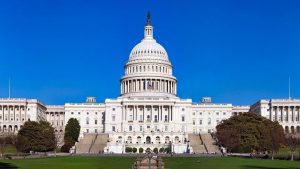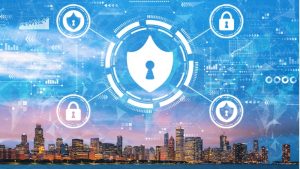Florida Gov. Ron DeSantis and Commissioner of Education Manny Diaz have announced $15.6 million to expand cybersecurity and IT training in Florida at both the K-12 and higher education levels.
Gov. Kathy Hochul has appointed Colin Ahern to serve as New York State’s first-ever chief cyber officer, to protect New York from increasingly prevalent and sophisticated cyber threats.
Protecting the residents, businesses, and local government entities they serve remains the top priority for local technology leaders, according to a new survey report on city and county technology and workforce trends.
Maryland Gov. Larry Hogan further solidified Maryland’s commitment to cybersecurity by signing three bills that will fund new technology purchases and staff positions and solidify the state’s cyber policy structure.
Ohio Governor Mike DeWine appointed Kirk Herath as the state’s cybersecurity strategic advisor, a new position created within DeWine’s administration.
The Senate adopted the House-passed version of the National Cybersecurity Preparedness Consortium (NCPC) Act by unanimous consent, sending the bill to the President’s desk for his signature.
Over the past several months, the United States has experienced many cyberattacks to large cities and small towns. These attacks, Secretary of the Department of Homeland Security (DHS) Alejandro Mayorkas told mayors across the country indicate that cities across the United States need to identify a cyber leader regardless of the size and sophistication of the infrastructure to remain vigilant about cybersecurity.
With K-12 educational institutions increasingly targeted by ransomware and other cyber attacks during the coronavirus pandemic, the Government Accountability Office (GAO) is pushing the Department of Education to update its plans – which currently date from 2010 – for addressing cyber risks faced by schools.
After more than two months of angling and dealmaking, the House of Representatives voted to approve the $1 trillion Infrastructure Investment and Jobs Act – also known as the Bipartisan Infrastructure Framework – on November 5, sending the bill along with its $2 billion in cyber funding and $65 billion in broadband appropriations to President Biden’s desk for final approval.
On Oct. 8, President Joe Biden signed the bipartisan K-12 Cybersecurity Act of 2021 into law to provide school districts with resources to combat and protect themselves against cyberattacks.










